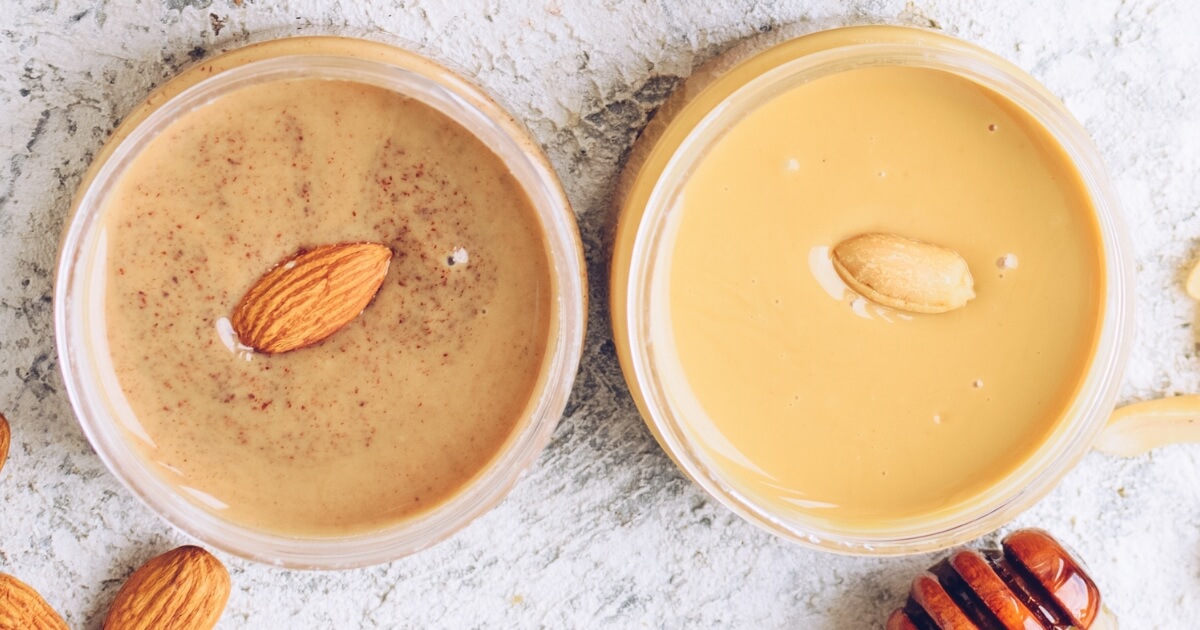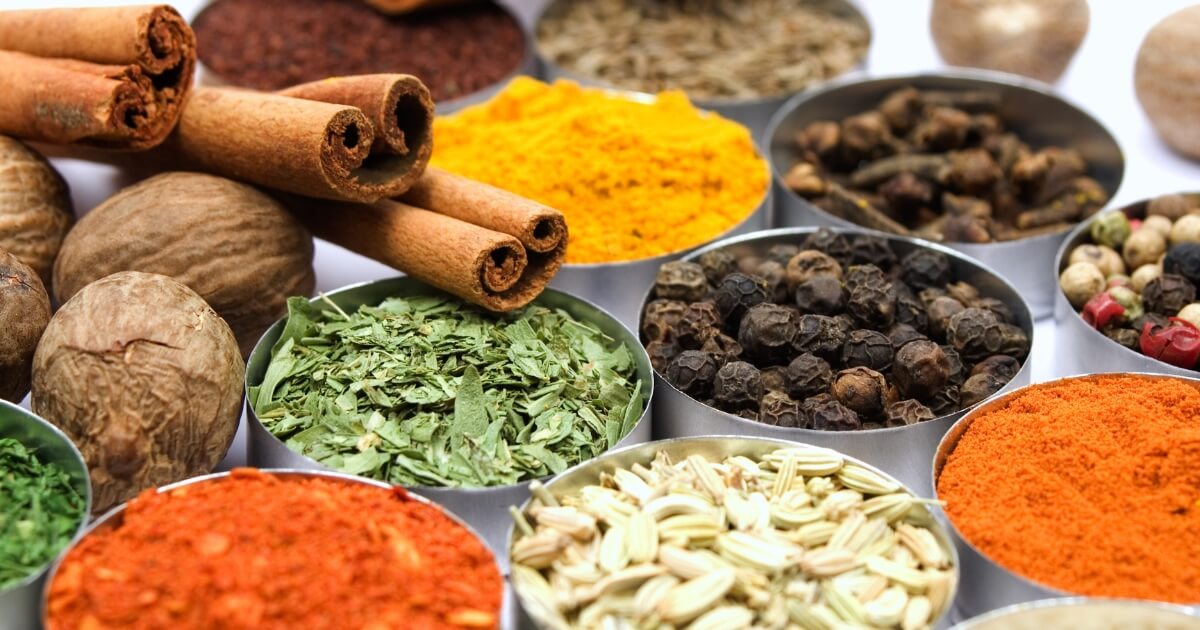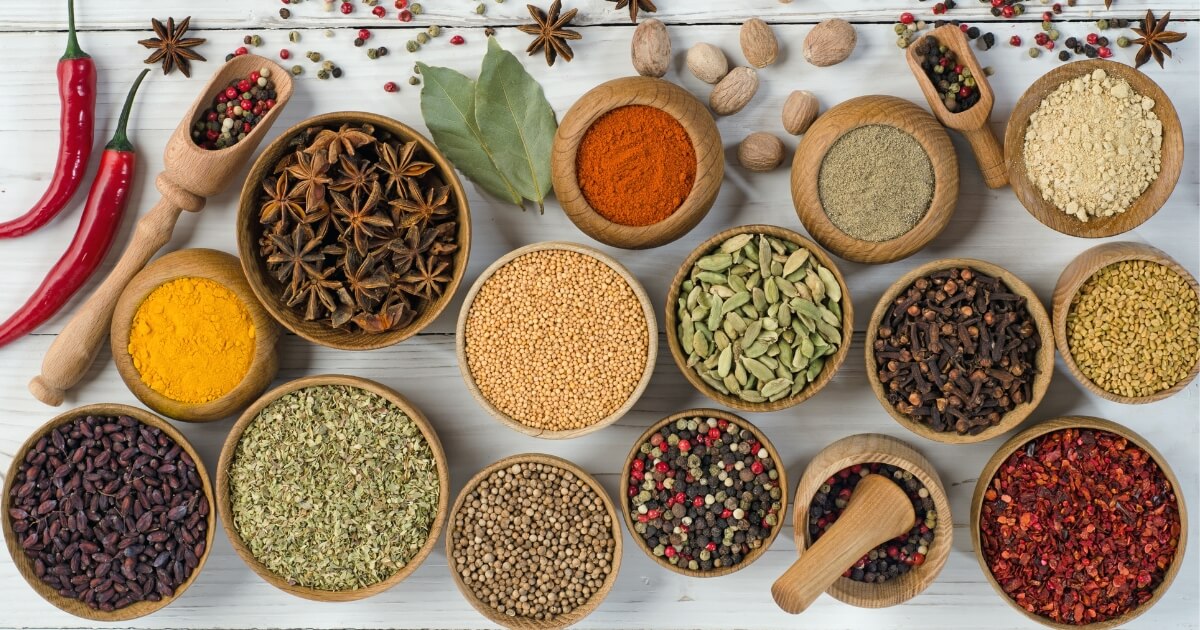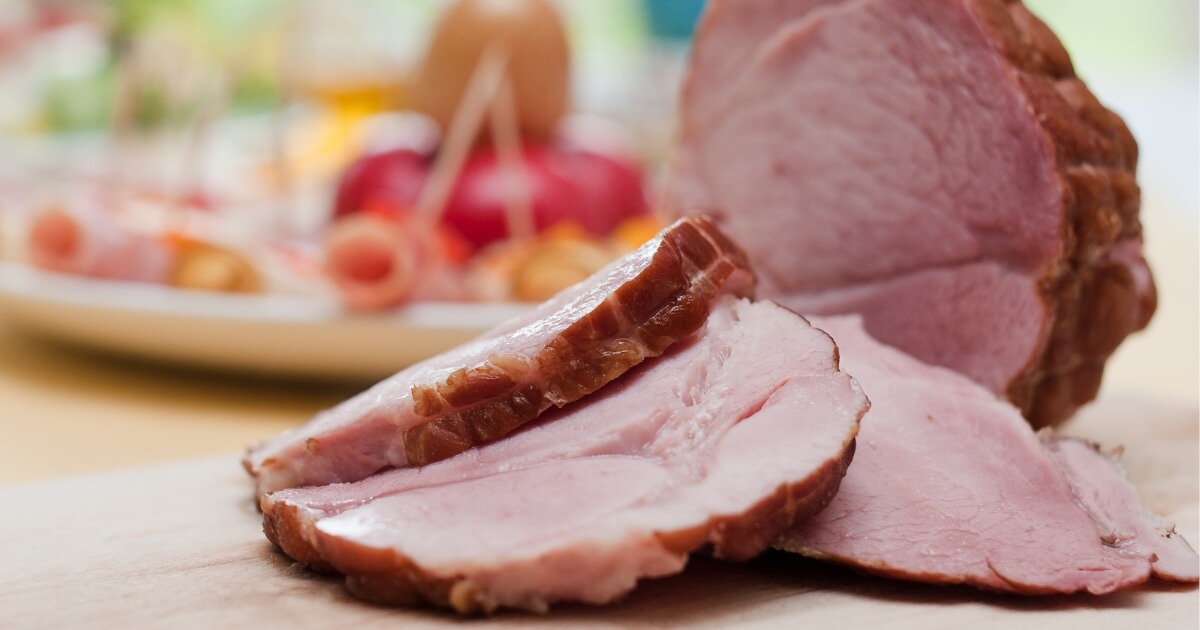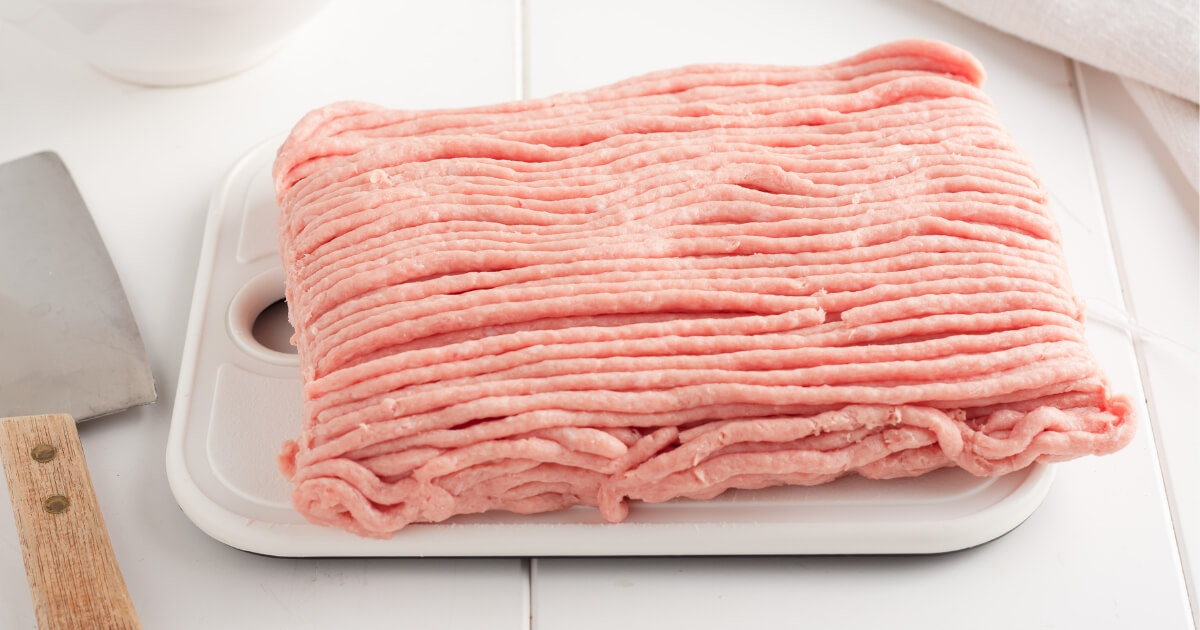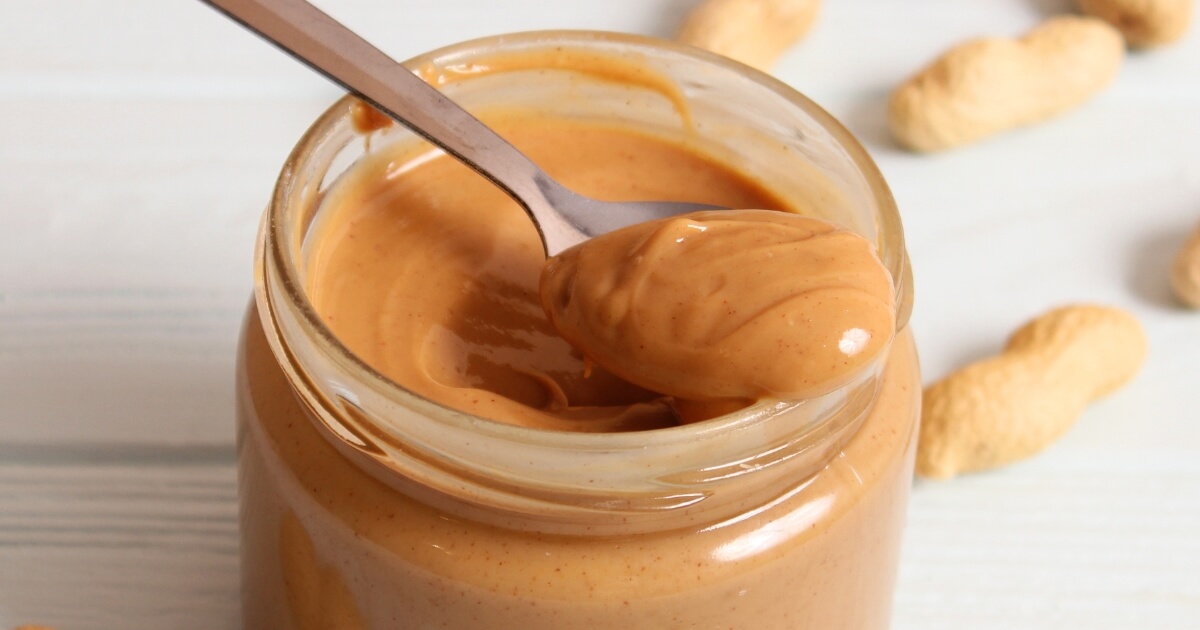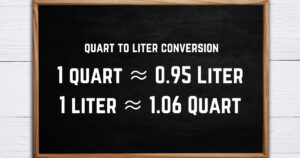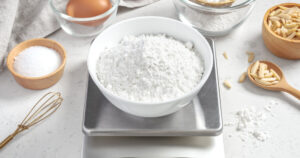Sometimes, it’s difficult to use that expensive bottle of balsamic vinegar, and months or years later you might wonder if it’s still good. So, does balsamic vinegar go bad?
In short, balsamic vinegar is quite resilient thanks to its acidic nature, which wards off bacteria. However, while it may not spoil in the traditional sense, its peak flavor will degrade, making it less appetizing.
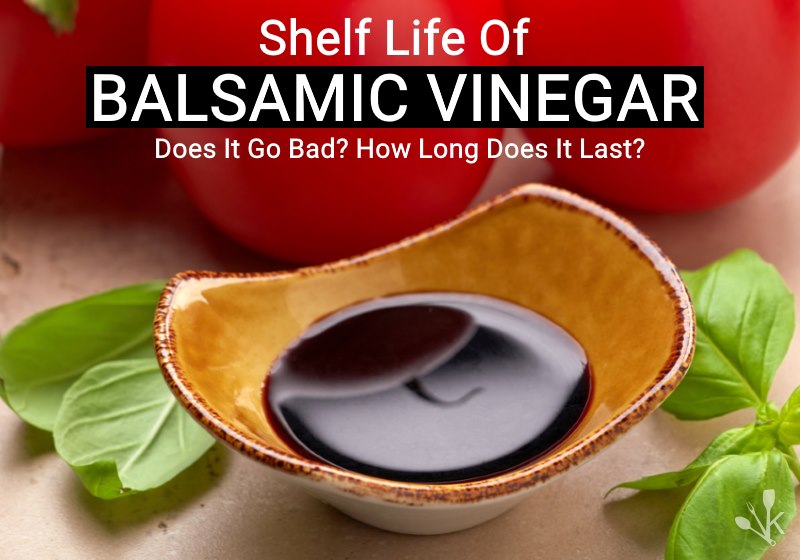
In this article, I’ll explain the nuances of balsamic vinegar’s shelf life, the factors that influence its quality, and tips to ensure you’re getting the best out of every drop.
How Long Does Balsamic Vinegar Last?
While unopened bottles of Balsamic vinegar can last almost indefinitely, its flavor will diminish after 3 to 5 years. Once opened, the vinegar’s quality can be maintained for up to 3 years if kept sealed in a cool, dark place.
It’s always best to use it as soon as possible, or if the aroma or taste seems off, it’s time for a new bottle.
The type of balsamic vinegar plays a significant role in its shelf life. Authentic, high-quality balsamic, often labeled “tradizionale,” tends to have a longer lifespan.
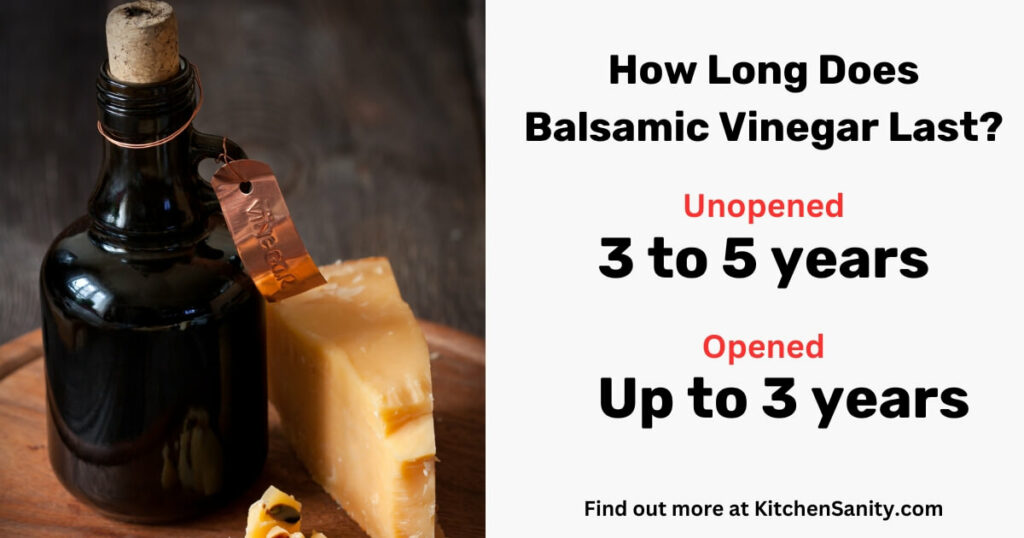
However, many market varieties, such as “balsamic vinegar of Modena” or “IGP balsamic,” are not genuine and may contain additives. These less authentic versions might be aged for a mere few months before being sold.
Regardless of authenticity, all of your best grocery store balsamic vinegar types should be stored similarly to ensure longevity.
Signs of Spoilage In Balsamic Vinegar
Spotting a bad bottle of balsamic vinegar isn’t too tricky if you know what to look for.
If you see any mold or strange particles floating around, that’s a clear sign something’s off, and it should be discarded. Cloudiness or a change in color can also be a red flag, indicating that your vinegar might have gone bad.
Now, let’s talk about taste and aroma, two of your best tools in the kitchen.
A fresh bottle of balsamic vinegar has a pleasant, sweet and tangy aroma. If it starts to smell sour or just plain off, trust your nose and be cautious. Ask a friend or family member who’s familiar with what it should smell like for a second opinion.
Similarly, if the texture or taste has lost balance and leans too sour or bitter, it might be time to part ways. When in doubt, trust your senses and toss it.
Now, there is something else to consider. The vinegar you get at a restaurant may taste different than the kind you have at home. This is often because it’s a different grade or brand and not because your vinegar has gone bad.
Storage Tips For Balsamic Vinegar
Storing balsamic vinegar the right way can make a big difference in how long it lasts and how it tastes.
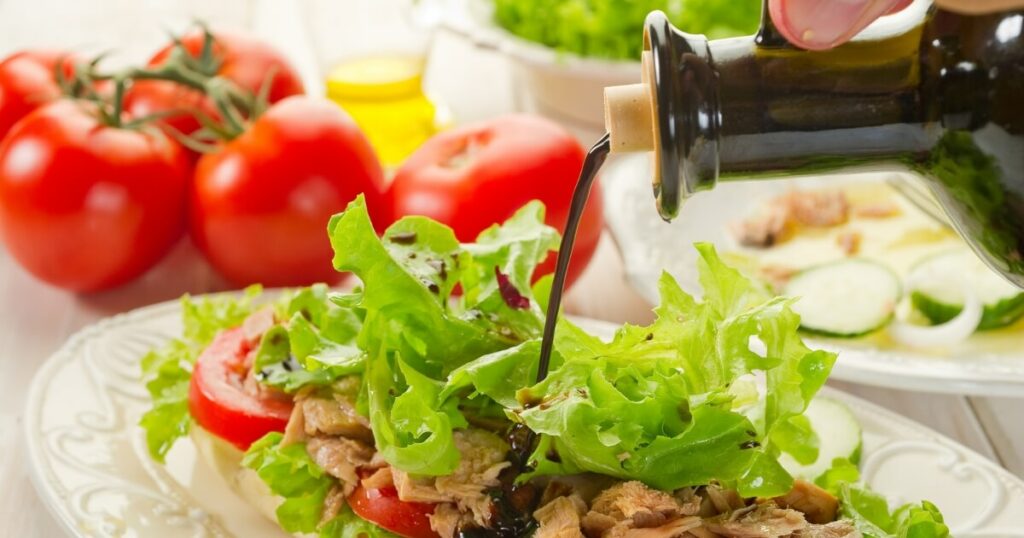
You might prefer it cold from the fridge for salads, but for sauces and marinades, room-temperature storage in the pantry is ideal.
Here are some quick tips to help prevent your balsamic vinegar from spoiling:
- Store your balsamic vinegar in a cool cupboard or refrigerator.
- Always replace the cap tightly after each use. Consider storing it in a dark paper bag or another method to shield it from light.
- If its flavor changes drastically or it emits a rancid odor, it’s time to toss it.
Always keep it in a cool, dark place. Your pantry or kitchen cabinet that’s away from the stove or oven is ideal. This helps protect it from heat, changing its flavor and making it go bad faster.
Light is another thing to watch out for. Direct sunlight can break down the flavors in your balsamic vinegar over time. So, if your bottle is clear or lightly tinted, make sure it’s not sitting out on a sunny countertop.
And air is a bit of a double-edged sword. While balsamic vinegar needs some air to develop its flavors, too much can spoil it. Once you’ve opened a bottle, make sure to seal it tightly after each use.
Balsamic Vinegar Shelf Life FAQs
Can balsamic vinegar be refrigerated?
Yes, you can refrigerate balsamic vinegar. While it’s not necessary, chilling it can help preserve its flavors, especially if you live in a warmer climate. Bring it to room temperature before using it in your dishes for the best flavor.
Is it safe to consume balsamic vinegar with sediment?
Yes, consuming is often safe unless the bottle has been contaminated. If it bothers you, simply strain it out. This sediment is a natural byproduct of the aging process and is often found in the bottom of high-quality balsamic vinegars.
How can I tell when balsamic vinegar goes bad?
If your balsamic vinegar has an off smell or a taste that’s too sour or bitter, it might be past its prime. Also, keep an eye out for any mold or unusual particles floating around. If you spot these signs, it’s best to play it safe and get a new bottle.
Why does balsamic vinegar last so long?
Balsamic vinegar lasts long because the acidic environment isn’t friendly to microorganisms. However, storage conditions will affect its longevity.

